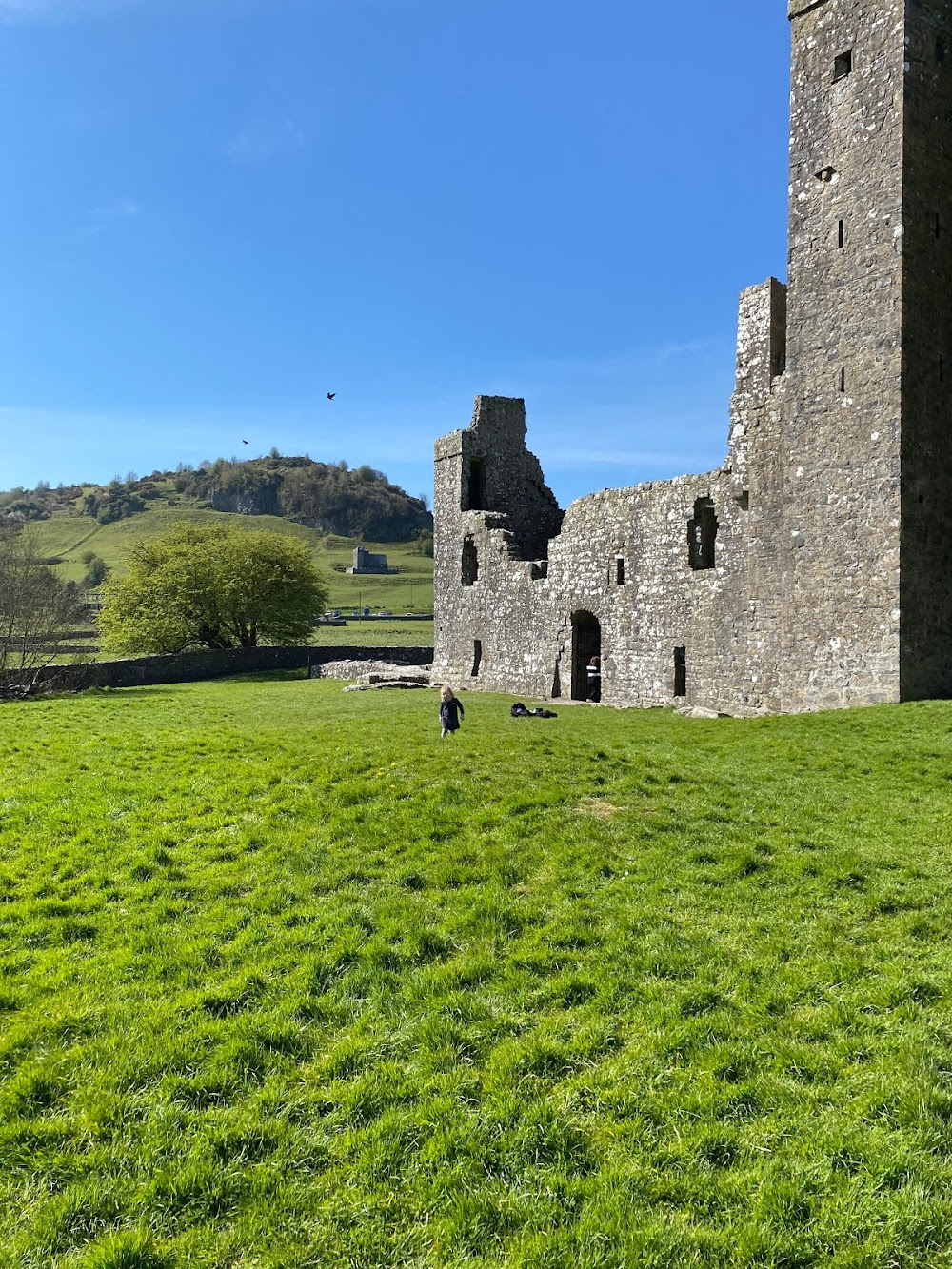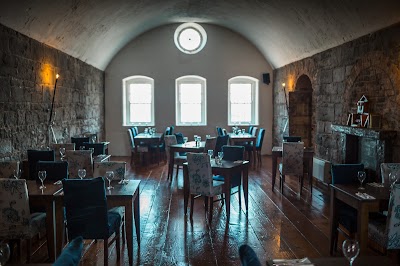Belvedere House and Gardens (Teach Belvedere agus Gairdíní)
Overview
Belvedere House, Gardens, and Park: A Historical Gem
Nestled in the verdant landscape of Westmeath, Ireland, Belvedere House, Gardens, and Park was constructed in the mid-18th century under the vision of Robert Rochfort, the 1st Earl of Belvedere. Designed by the esteemed architect Richard Castle, the house was completed between 1740 and 1748. This splendid estate quickly became a cherished landmark, celebrated for its stunning Georgian architecture and exquisitely landscaped gardens.
Palladian Architecture: A Marvel of Design
The main house is a magnificent example of Palladian architecture, known for its symmetrical design, classic proportions, and grand style. Built from local limestone, the façade showcases large sash windows, a projecting central block, and a grand two-story entrance hall. Inside, visitors are greeted with ornate plasterwork ceilings, intricately carved woodwork, and lavish furnishings, many of which have been carefully restored to their former splendor.
The Dramatic Family Feud
The history of Belvedere House is enriched with captivating family stories, particularly the notorious feud between Robert Rochfort and his brother, Arthur. This rivalry culminated in the construction of the ‘Jealous Wall’ in the late 18th century. Robert erected this imposing three-story Gothic folly to obstruct the view of Tudenham House from Belvedere. Today, the Jealous Wall remains a significant and intriguing feature of the estate, drawing visitors' curiosity.
Gardens of Enchantment
The gardens at Belvedere are a testament to meticulous design and aesthetic appreciation. Originally laid out in the formal Georgian style, characterized by symmetry and order, the gardens now invite visitors to explore various themed areas, each exuding its unique charm. Among these, the Walled Garden stands out, featuring a breathtaking array of flowers, shrubs, and trees that bloom through the changing seasons.
Victorian Glasshouse: A Horticultural Marvel
The Victorian Glasshouse, added in the 19th century, is another captivating element of the gardens. Constructed from cast iron and glass, it epitomizes the Victorian-era greenhouse style. Inside, visitors can marvel at a collection of exotic plants and exhibits that highlight Victorian horticultural practices, making it a delightful stop for garden enthusiasts.
Parkland: A Natural Retreat
Spanning over 160 acres, Belvedere's parkland offers a harmonious blend of woodlands, open spaces, and ornamental water features. Designed in the naturalistic English landscape style, the park encourages leisurely strolls and moments of peaceful reflection. The serene lake at the park's center enhances the picturesque quality of the setting, inviting visitors to unwind and immerse themselves in nature.
A Commitment to Preservation
Over the years, Belvedere House and its grounds have undergone several restorations to maintain their historical and architectural integrity. In the late 20th century, the estate opened its doors to the public, allowing visitors to explore and appreciate its rich history and beauty. Today, Belvedere House, Gardens, and Park are managed by Westmeath County Council, serving as a popular tourist destination that hosts events, exhibitions, and guided tours.
Visitor Amenities
In addition to its historical and architectural significance, the estate offers a variety of amenities for visitors. The visitor center provides informative displays about Belvedere's history, while a cozy café serves delightful refreshments. Several walking trails wind through the scenic countryside, enhancing the overall experience for guests.
A Timeless Escape
Belvedere House, Gardens, and Park continue to captivate visitors with their timeless elegance and storied past. They stand as a splendid representation of Ireland’s cultural and historical heritage, offering a glimpse into the life and times of an 18th-century aristocratic family while providing a tranquil escape into nature's beauty.









